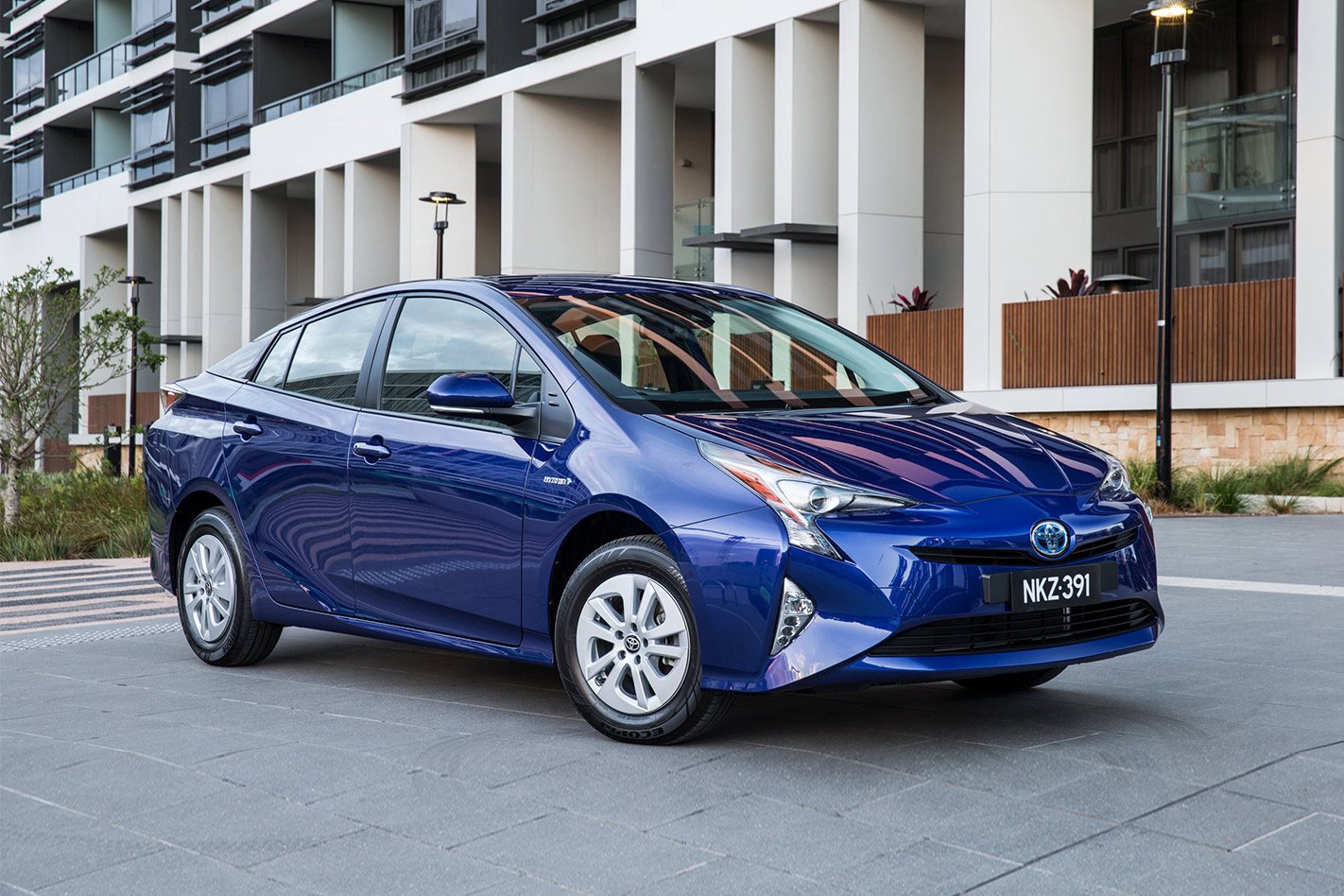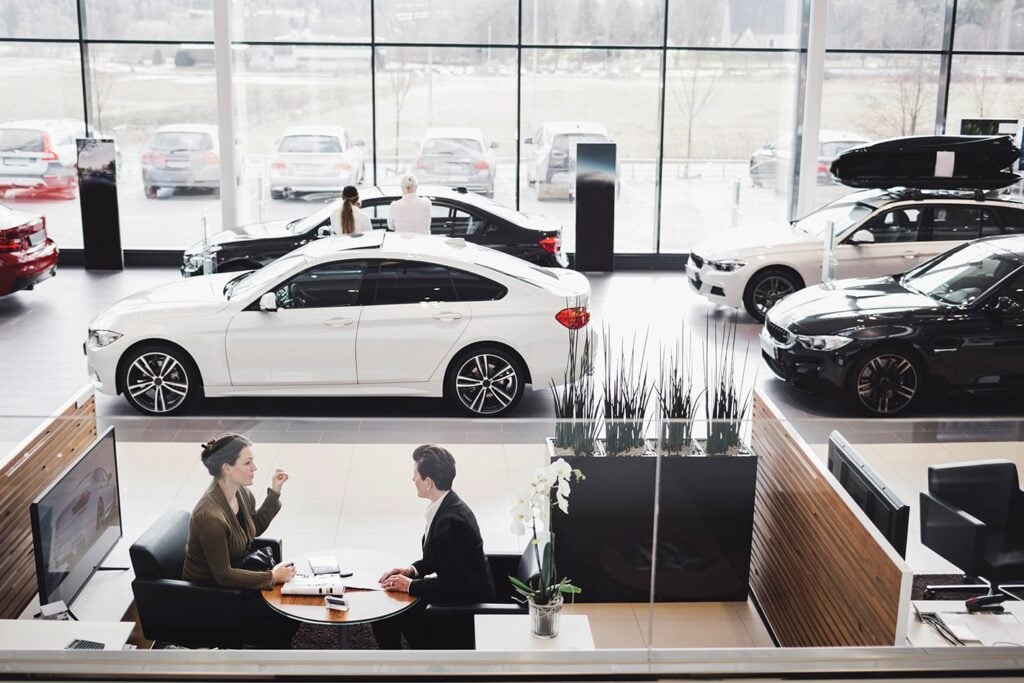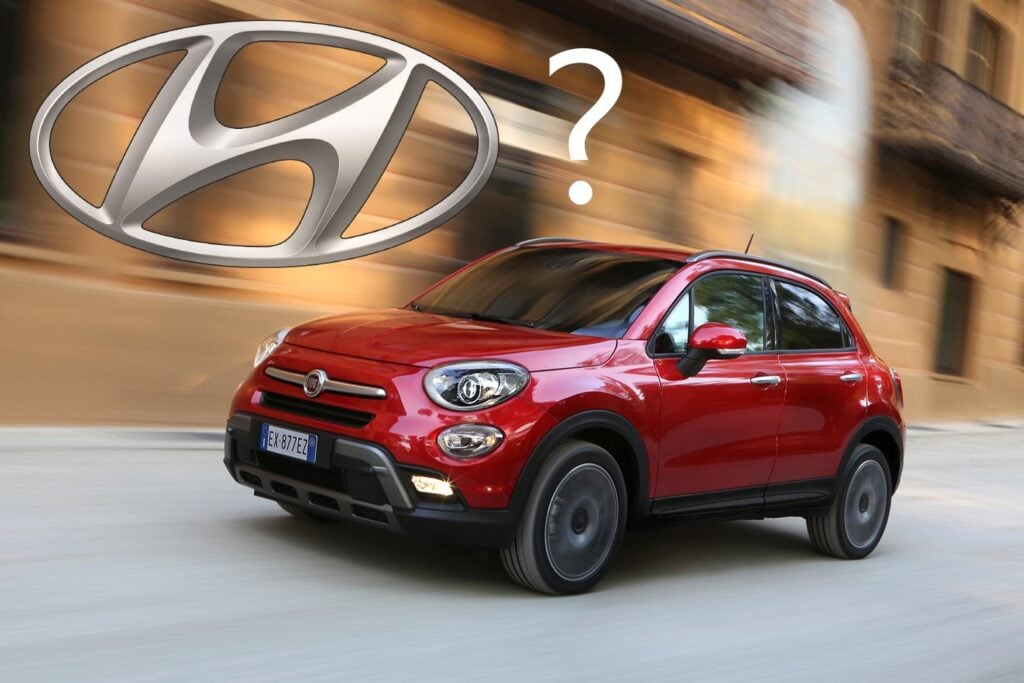AUSTRALIA will have fewer cars on sale if it rushes in stricter vehicle emissions targets that match those in Europe and the US, the industry body representing car importers has warned.
Speaking at last week’s announcement of Australia’s 2017 new-car sales record result, Federal Chamber of Automotive Industries chief executive Tony Weber said rushing in new vehicle emissions targets too quickly would force brands to dump models that did not comply with them, robbing buyers of choice.
“The industry supports a mandated CO2 target that is relevant to Australian market conditions, and we’re still in deep discussions with the government about the target in addition to the timing and transitional arrangements,” Weber said.
“While progress is slow, we are hopeful of reaching an outcome this year, which will allow industry to transition to a CO2 target without restrictions on the choice of vehicles on offer to Australian consumers – and this, we believe, is a viable point often overlooked in this discussion.

Weber said Australia’s petroleum industry was talking about moving to the same 10 parts per million sulphur target by 2027 – more than a decade after the same standards were introduced to Europe and the US. Australia’s 95RON fuel standard is only rated at 50 parts per million.
He said research and development being poured into new-engine technology revolved around 95 RON fuel with a 10 parts per million emissions cap. “Without the high-quality fuel, we cannot get access to coming generations of high technology, low-emission engines,” Weber said.
The Federal Government’s Green Vehicle Guide, which lists the emissions standards of vehicles on sale in Australia, shows a move to Euro 6 regulations – introduced to Europe in late 2016 and designed to reduce harmful vehicle emissions that include nitrogen oxide, carbon monoxide, hydrocarbons and soot – backs up Weber’s claim that a tougher target would cut the number of models on sale in Australian new-car showrooms.
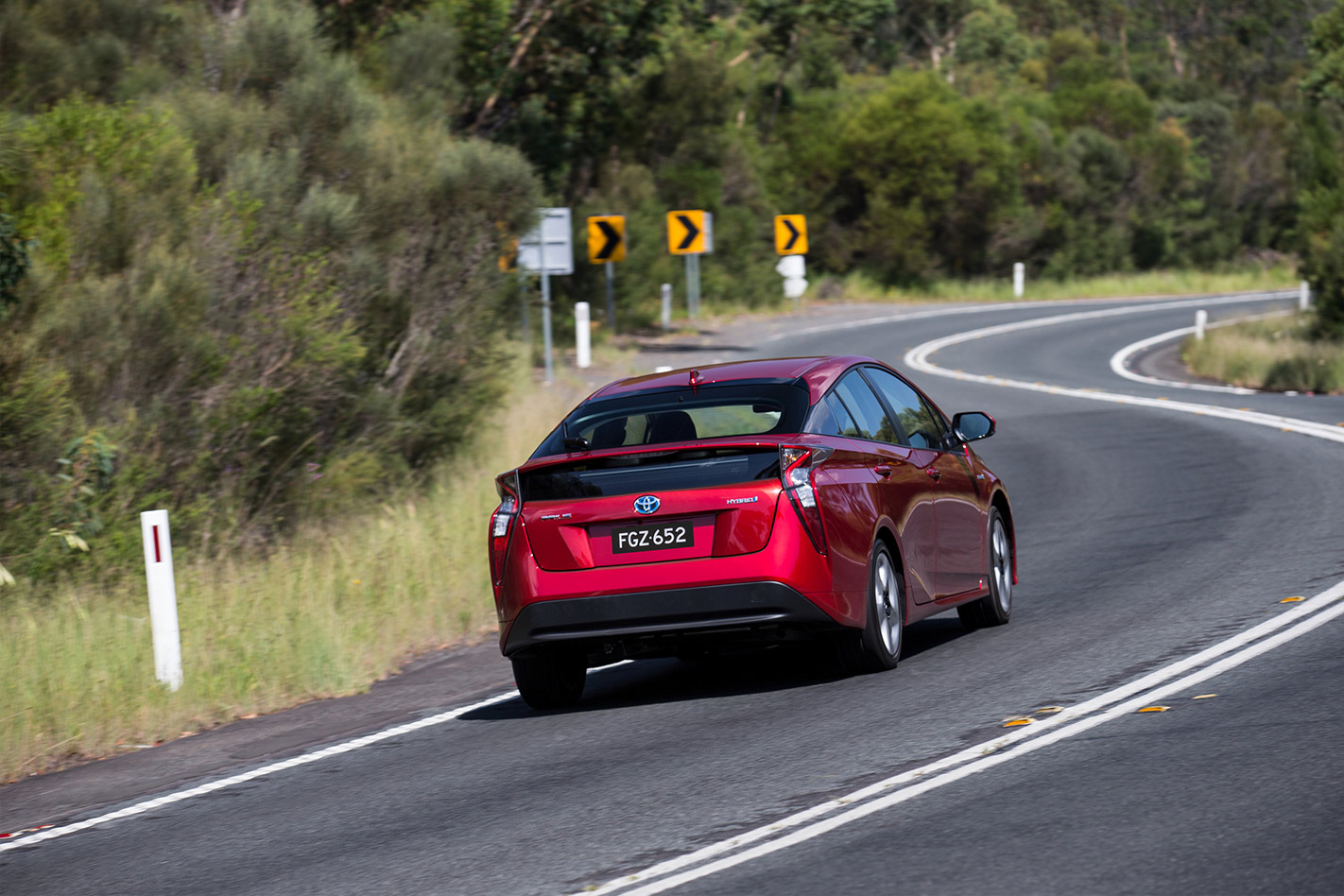
Australia already gets a watered-down version of the Prius compared with models sold overseas, using heavier and more bulky nickel metal hydride batteries instead of lighter, smaller – and more expensive – lithium ion ones. The Prius Prime, a version of the car that adds a plug-in charging capability, has never been offered in Australia.
Weber said the way the car industry rolled out new models meant the introduction of tougher emissions standards would have to take place slowly.
“…What people have to understand is the model cycle is critical in this process,” he said. “The passenger motor vehicle typically has a five-year model cycle and that engine remains consistent over that time, so you’re not going to get an improvement over the five years of that model cycle.
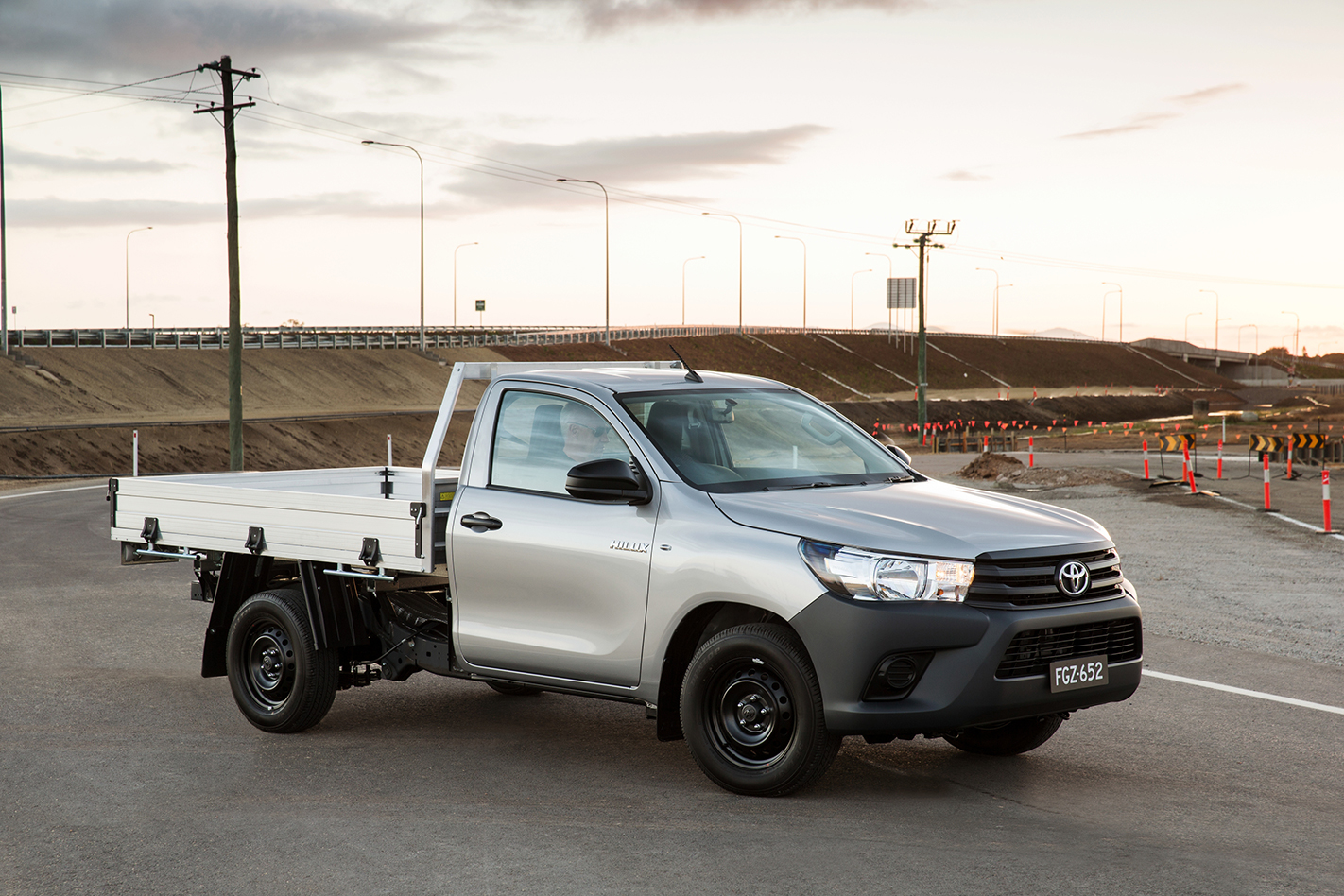
“You need the [10 parts per million sulphur] fuel and you need a period of transition to allow us to move to an appropriate target for Australia.”

